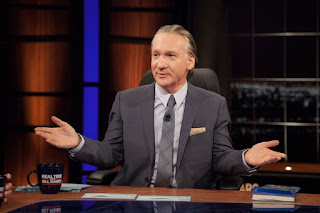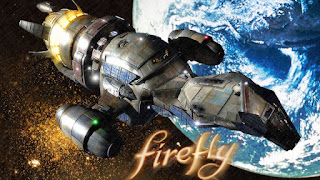The Big Bang Theory Theory

The Anxiety of Influence In the preface to the second edition of The Anxiety of Influence , Bloom uses Shakespeare’s artistic struggle against Marlowe to explain the Bard’s development as a playwright and poet. Of particular interest is his comparison of Shakespeare’s The Merchant of Venice and Marlowe’s The Jew of Malta . Marlowe’s Barabas is an outright caricature; an unrepentantly evil figure cobbled together from centuries of anti-Semitic propaganda. Shakespeare’s Shylock, meanwhile, is presented as a complicated man who nonetheless falls into the same behaviors as his antecedent. Shylock is not so easily dismissed as Barabas, Bloom argues, and it is for this reason he is a more pernicious character. Shylock at once confirms the audience’s anti-Semitic prejudices while also allowing them to feel as though they’ve given him a fair shake and still found him wanting. "One by one, they all just fade away..." A similar dynamic has played out between Chuck Lorre and Dan Ha...





